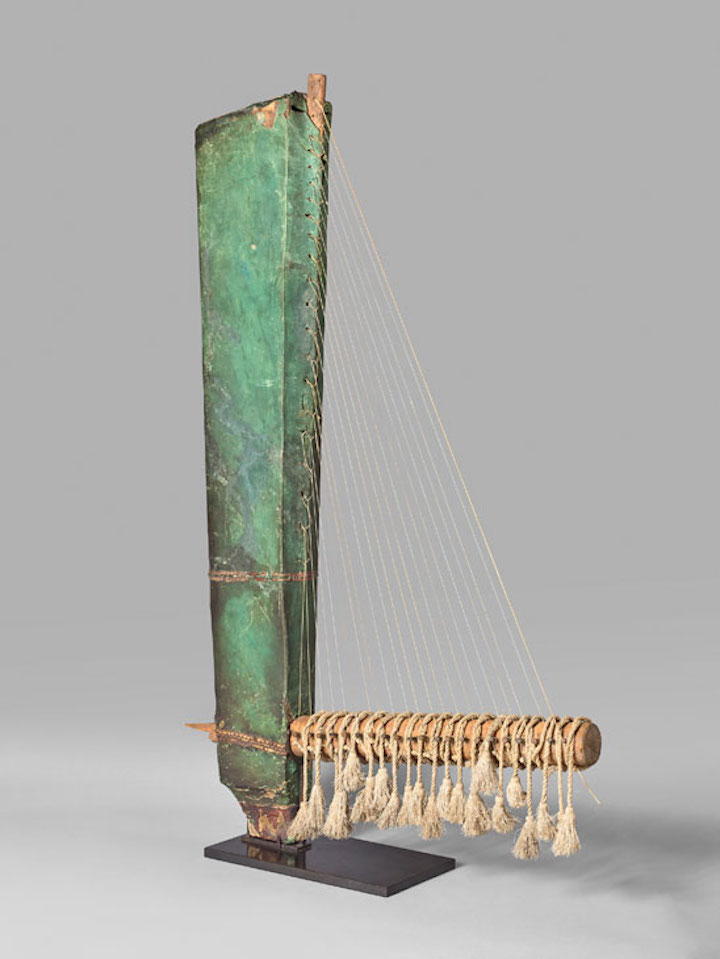This is the first exhibition dedicated to the role of music in the great ancient civilisations, from the Orient to Rome, Egypt and Greece. Just as likely to be heard on the battlefield as it was around the high tables of power, music was also a key part of religious rites and acted as an intermediary between people and their gods. The exhibition includes new audio devices, allowing visitors to listen to reconstructions of what ancient instruments may have sounded like. The enormous geographical and chronological range of the exhibition (from Iran to Gaul, and from the 3rd millennium BC to the 4th century AD) helps to underline cultural traditions and peculiarities, but also to highlight the exchanges and influences that took place between these different musical civilisations. Find out more about the ‘Music! Echoes in Antiquity’ exhibition from the Musée du Louvre-Lens’ website.
Preview the exhibition below | See Apollo’s Picks of the Week here

La Mort de Cléopâtre (1899), Louis-Marie Baader. Courtesy Musée des Beaux-Arts de Rennes

Wood and leather drum (Late period of ancient Egypt). Musée du Louvre

Pandora playing music (c. 300–250 BC). Musée du Louvre

Clay plate depicting Hétaïre playing music, Greek (c. 490 BC). Musée du Louvre

Angle harp (or trigone) (Late period of ancient Egypt). Musée du Louvre











![Masterpiece [Re]discovery 2022. Photo: Ben Fisher Photography, courtesy of Masterpiece London](http://www.apollo-magazine.com/wp-content/uploads/2022/07/MPL2022_4263.jpg)
What happens when an artist wants to be anonymous?